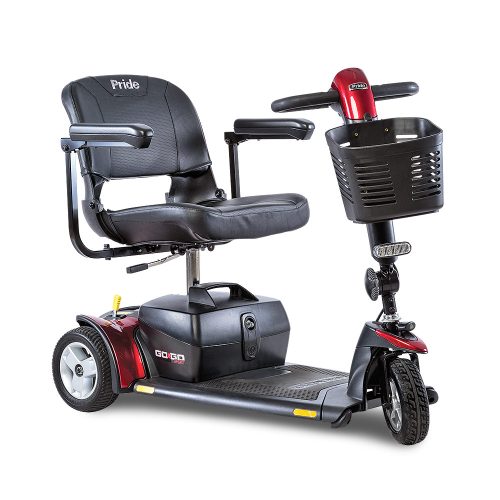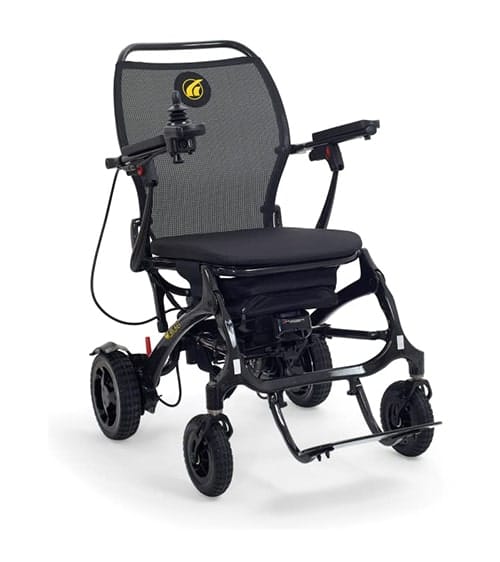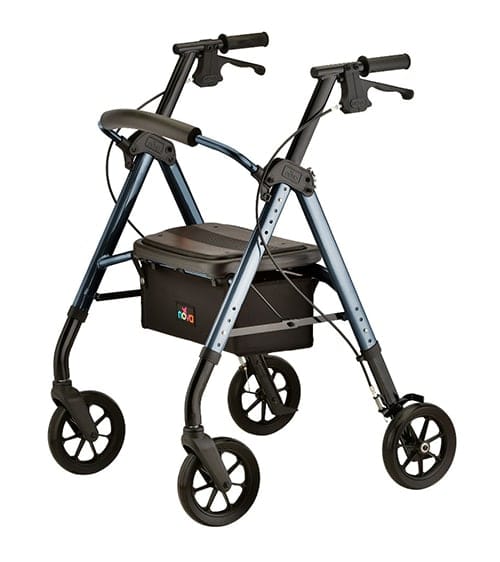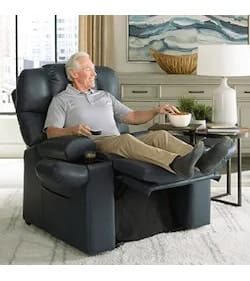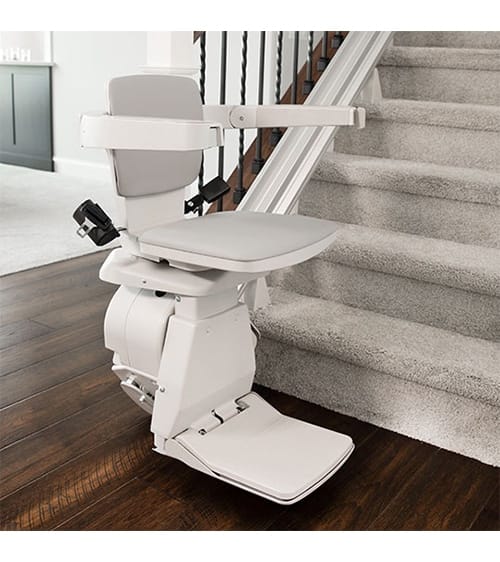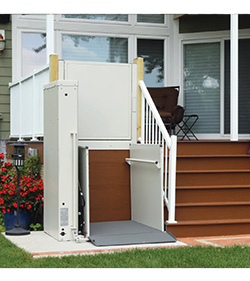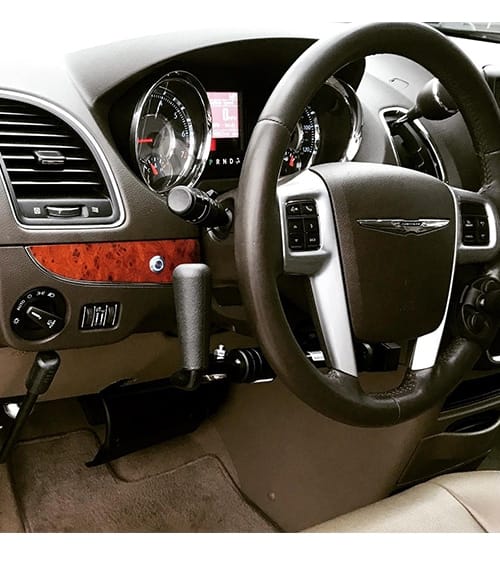Ralph Braun of BraunAbility, has spent his life thumbing his nose at spinal muscular atrophy, the disease that put him in a wheelchair. A born gearhead, Braun got moving again by building a battery-powered scooter and, later, a wheelchair lift for his van. Slowly, he turned these innovations into a business with $200 million in annual sales. Braun eventually closed the scooter business to focus on the lifts. But before he did, Braun made himself a lifetime supply of his scooters. “It’s part of my wardrobe to have one of my triwheelers,” he says.
I grew up in Winamac, Indiana, out in the middle of the cornfields, you might say. If you draw a straight line between Indianapolis and Chicago and put your finger right in the middle of that line, that’s where you’ll find Winamac.
When I was 6, I discovered that there was something wrong. I couldn’t navigate stairways like the rest of the children in my family. My parents took me to a big children’s hospital in Indianapolis, and they diagnosed me with muscular dystrophy. (The diagnosis was later changed to spinal muscular atrophy.) I was 14 years old when I went into a wheelchair. It was pretty traumatic, but I’ve got my parents to thank for helping me get through it all. My dad would not give up, and he wouldn’t let me give up, either.
When I got out of high school, I attended college at Indiana State for a year, but I had to drop out. The difficulty in trying to navigate the campus in a standard wheelchair was pretty high. So I set out to design a battery-powered scooter. My uncles were all gearheads; they had racecars and motorcycles, and I just hung around them a lot and developed a mechanical aptitude from them. After about three or four months, I came up with my first scooter. I built it in my cousin’s garage where he repaired tractor equipment.
Everyone told me it wasn’t going to work. But when it comes to commonsense engineering, I’m very blessed. I think it is a God-given ability, because I feel I was sent here to help my cohorts who are disabled get mobility.
I got a job at a local automotive supply factory as a quality control technician. I was able to negotiate the factory very well in my new scooter. On the job, people would see my scooter and tell me that they knew somebody who needed one. I did this for eight or nine years, building them part time until about 1970.
My transportation back then was an old postal truck that I converted using a tailgate off of a pickup truck so that I could drive my scooter right up inside. But when they moved the factory farther away from my home, I had to find something more reliable. It just so happened that in 1970, Dodge came out with a new full-size van that had air conditioning and power steering and all this stuff. It was great.
I started to convert one of those so that I could drive it from my wheelchair. I designed the lift that is so common today on school buses and mass transit. Like the scooters, people heard about it and started saying they knew somebody who needed one of those.
The first hundred or two, most of them were done right here in Winamac. People would drive here from Massachusetts and Texas, and they would wait in a motel while we converted their vehicles on the weekend. I was working out of my mom and dad’s garage. I started with one employee, and it took only a month or so before I had to hire another one.
I continued working at the factory, because by this time I had three children, and I needed the income. I took all the money I made from building the scooters and the lifts and put it right back in the business. I’d get off from the factory at 3:30 in the afternoon, and then I’d come home and work until the wee hours of the morning and then get back up and go back to work at the factory.
I quit the factory in 1973 to focus on my own business. The first building I rented leaked so much, it felt like it rained more inside than it did outside. Thankfully, we were in that building for only nine months before I saw a different building I was able to buy. We were in that one for a few years before a fire broke out and burnt it pretty badly. That darn near put us out of business. I credit my employees for chipping in and putting everything back on track. They ramped up production so that we didn’t lose any orders. I’d say that two-thirds of those employees are still with us, some 30 years later.
I was on the road for the next three to four years. I traveled to Michigan, Wisconsin, Kentucky, and Florida. I’d go into Veterans Administration hospitals, Easter Seals meetings, muscular dystrophy meetings, wherever I could find people who would need the product. I was driving over 50,000 miles per year.
After the fire, I had to make a decision. With injured veterans coming back from Vietnam, the lifts were coming on really strong. We had also begun selling fully converted vans with lifts built into them. The technology behind the scooters was becoming readily available, and they could be made a lot cheaper offshore. I decided to drop the scooters and focus on the lifts and conversion vans.
A lot of the disabled and their families immediately saw the benefit of the lifts. That just grew to the point where people started selling the products and installing them in their garages. That’s how my first dealer organization was set up.
Today, we have over 200 dealers across the country installing lifts and selling our conversion vans. We did about $200 million in sales last year. Our headquarters is still in Winamac. We also have three large factory buildings here and over 700 employees. We’re pretty much worldwide now; we have somebody selling our products in every corner of the world.
When I was growing this business, I had two strikes against me. I was young, and I was what the population calls disabled. I never let that stand in my way. I just had to walk the extra mile, or roll the extra mile in my case.

